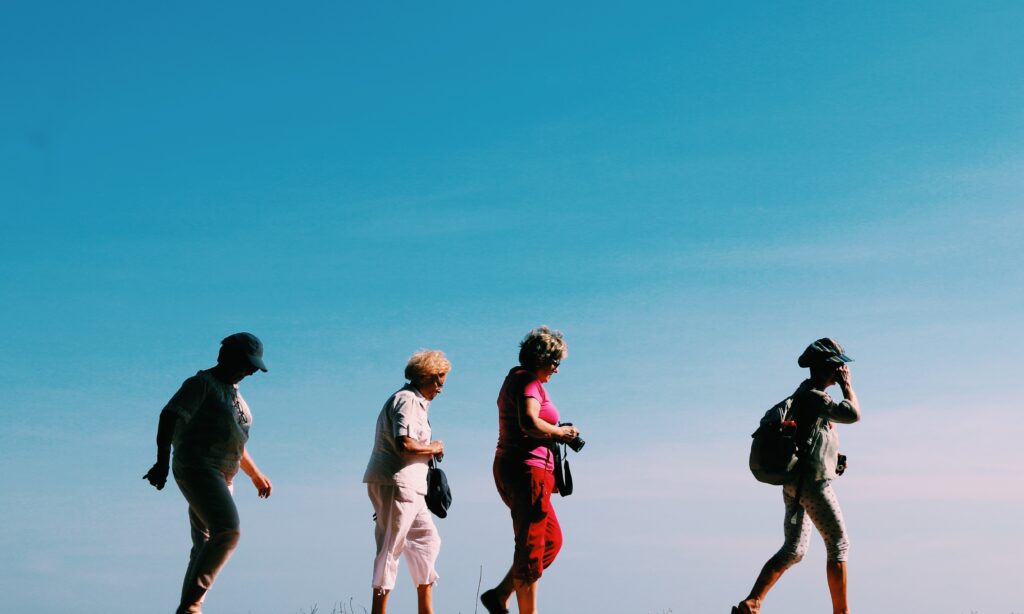Each year, millions of older adults (over the age of 65) experience falls. It’s a widely concerning fact that becomes more and more prominent as the aging population grows. Elderly individuals often will have significantly reduced or impaired senses, making them more susceptible to fall injuries.
Although the risk of sustaining fall injuries increases as a person gets older, there are many ways to prevent these accidents from occurring. Here is a step-by-step guide to help you protect an elderly loved one from falls:
Step 1 – Help Them Take a Fall Risk Assessment
According to the Centers for Disease Control and Prevention (CDC), over ¼ of older adults fall each year, most of which never report it to their doctors. Fall injuries account for 3 million elderly patients being treated in the emergency room annually, so they’re more common than one may think. Because of this, it’s crucial to have your loved one take a fall risk assessment.
Fall risk assessments are crucial in determining an individual’s likelihood of falling, and it typically involves a checklist or questionnaire that professionals will evaluate. Depending on the results, healthcare providers will give recommendations on how to mitigate risks and prevent fall injuries from happening.
Step 2 – Convince Them to Stay Fit
Exercise is crucial in helping the body stay as fit as possible across all ages. However, it’s especially critical in older adults because it helps lessen the risk of fall injuries.
Many aspects of our bodies deteriorate as we age, such as our balance, bodily coordination, flexibility, bone density, and muscle strength. Because of this, we’re more likely to stumble and injure ourselves in doing so. Exercise helps slow down this decline.
Regular physical activity like walking, tai chi, yoga, or even chair exercises can help keep one’s balance and maintain bodily senses. Moreover, it helps prevent serious injuries due to falls.
Step 3 – Have Them Visit Their Doctors
Regular visits to the doctors are crucial in staying on top of one’s health, and it’s a critical practice in older individuals. By having regular checkups, elderly patients can get a clearer picture of their overall health, especially aspects that contribute to fall risks. Their vision and hearing are the primary concerns.
Having poor vision makes it challenging to see tripping hazards and other obstacles, and this becomes more common in aging individuals. People with eye diseases like cataracts or glaucoma have an increased fall risk. Hearing loss is also a contributing factor to falls, as it affects the inner ear’s functions in retaining a sense of balance.
Some medications may cause a person to have a higher fall risk as well, especially if they have sleepiness, nausea, and loss of coordination as their side effects. It’s best to ask doctors if they can recommend alternative treatments.
Step 4 – Make Your Home Fall-Proof
Fall-proofing the home is necessary to prevent serious fall-related injuries. It’s always best to assess your loved one’s home and check for safety hazards, such as clutter, slippery floors, stairs, and poor lighting.
Invest in Home Health for Your Loved Ones
Falls are common accidents that can happen anytime and anywhere, even in the comfort of one’s home. Because they often can lead to serious injuries and hospitalizations in elderly individuals, it’s necessary to protect them from these circumstances. By following the steps mentioned above, you can ensure that you or your loved ones stay safe from the unexpected perils of stumbling.
If you’re looking for home health services in California, Bridge Home Health & Hospice has you covered. We provide our patients with the best specialty programs to ensure their well-being, such as wound care, orthopedic programs, and fall prevention. Contact us today!

